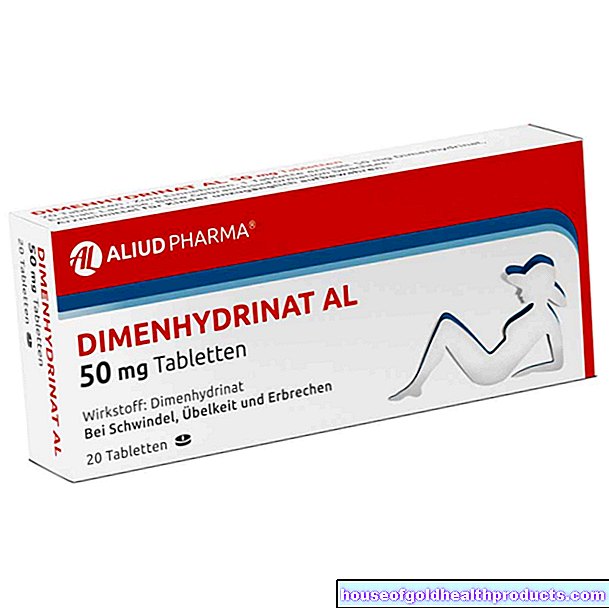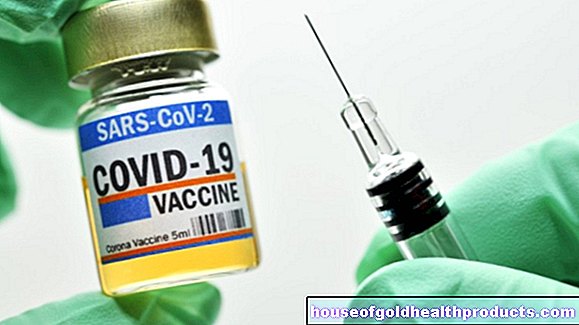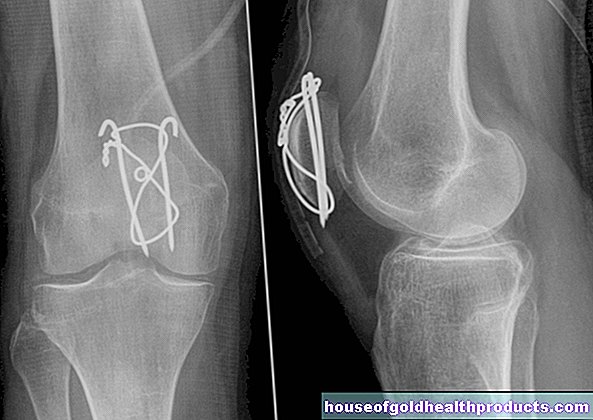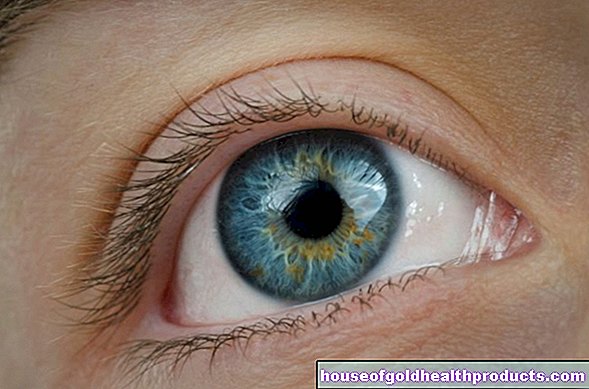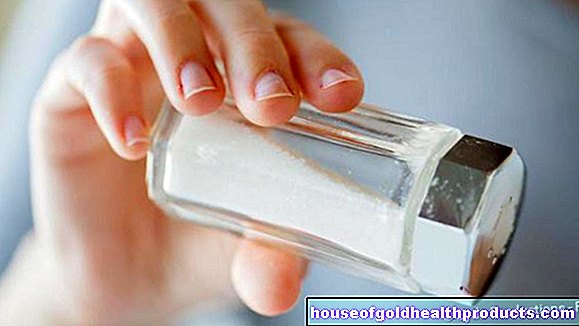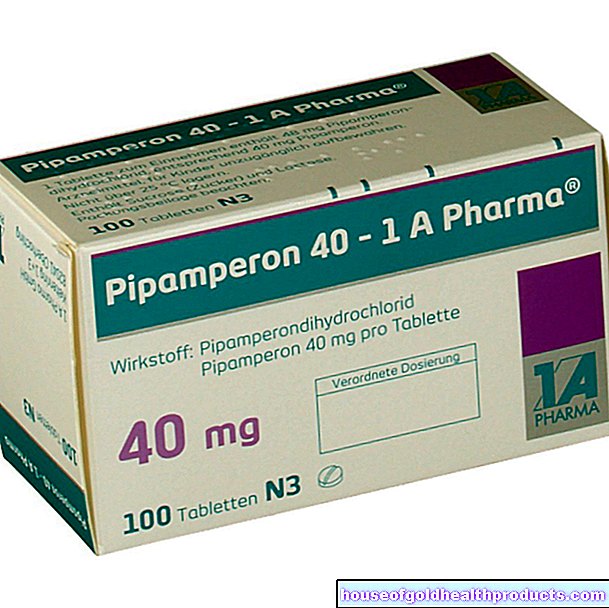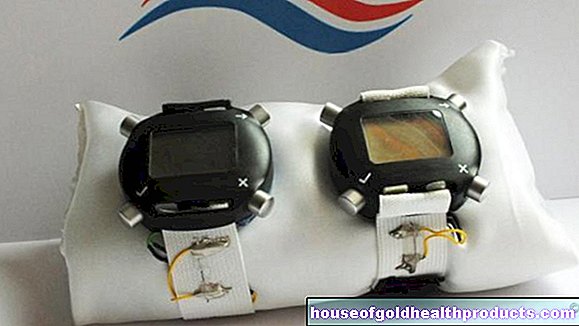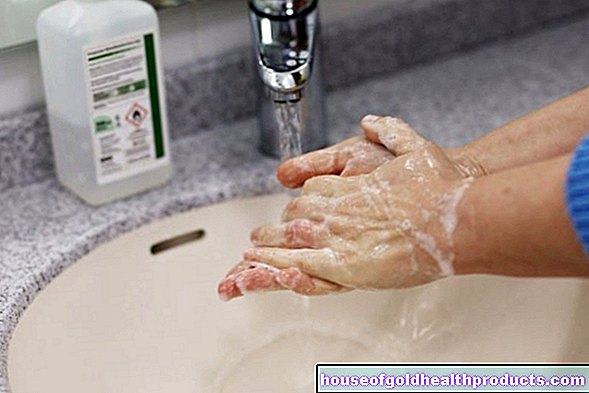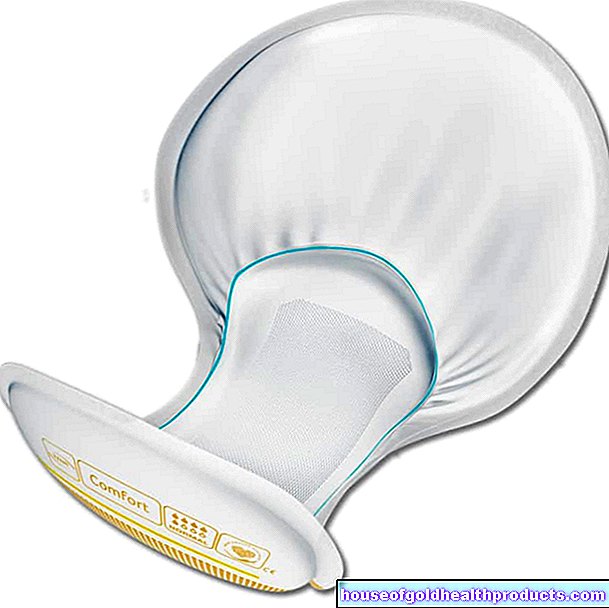Wound dressings
All content is checked by medical journalists.Wound dressings are used for wound care in order to protect the wound from dirt and germs. They also have an influence on the moisture and temperature balance of the wound and thus on its healing. Read here about the different wound dressings and what kind of injuries they are suitable for.

Inactive wound dressings
The classic dressing materials are called inactive wound dressings. This group includes:
- Gauze compress
- Gauze compress
- Nonwovens
They absorb blood and wound exudate and also offer protection against soiling or other irritation of the wound. However, gauze and fleece have the major disadvantage that they tend to stick to moist wounds: The wound dressing can then be removed from the wound only with difficulty and possibly only with pain. Wound gauze, on the other hand, is often mixed with paraffin, petroleum jelly or similar fats so that it hardly sticks to the wound bed. Therefore, doctors use them particularly often for burns or scalds.
In addition to their use to cover wounds in weeping and dry wounds, the inactive wound dressings are also used to apply antiseptic solutions and to clean the wound.
Interactive wound dressings
A moist wound bed makes it easier for the wound to heal, which is why doctors try hard not to let the wound dry out. Moist wound healing relies primarily on interactive wound dressings such as:
- Foils
- Alginates
- Hydrogels
- Hydrocolloids
- Polyurethane foams
- Laminates (polyacrylate cushions)
- Hydrofibers
Wound foils
Wound foils are vapor and air permeable. Since they are also transparent, the doctor can observe the wound closely and detect infections at an early stage without having to remove the wound dressing. Foils are good for clean, primarily healing wounds.
Alginates
Alginates are extracted from brown algae and are rich in calcium and sodium ions. They bind the wound secretion into a gel and thus create a moist environment. Alginate wound care is ideal for heavily exuding, infected wounds. On the other hand, it is not suitable for dry wounds, as they easily stick together. If the alginate dressing stuck to the wound base is removed, newly formed epithelial cells are torn off and the healing time is delayed.
Hydrogels & Hydrocolloids
Hydrogels restore moisture to dry wounds and soften scabbed deposits. This is useful for example with dry necrosis. Hydrogel wound care must not be used on infected wounds!
Hydrocolloids also create a moist wound environment with a constant temperature. Wound dressings with hydrocolloids consist of swellable particles (gelatine, cellulose, etc.) and a cover film. This is permeable to gases, but not to water, dirt and germs. If the hydrocolloid layer comes into contact with wound secretion, it liquefies and forms a yellowish, tough gel.
Polyurethane foams and laminates (polyacrylate cushions)
Foam dressings consist of two parts: a polyurethane film, which is water-repellent but allows wound exudate to drain away, and the actual polyurethane foam. This can absorb large amounts of wound secretion. Therefore, this type of wound care is particularly suitable for heavily exuding wounds.
Another suitable representative for weeping wounds is the polyacrylate cushion (laminate). However, these wound dressings do not only have a suction effect. They are also soaked in saline after application, which they continuously release into the wound over the next few hours. The wound is cleaned by this automatic irrigation. For example, dry, dead tissue layers (necroses) are softened and gently removed.
Wound dressings made from hydrofibres
Wound dressings of the hydrofiber type are based on cellulose. Similar to the hydrocolloid, this is converted into a tough gel when it comes into contact with wound secretions. Since the gel is dimensionally stable and wound secretions can hardly spread to the wound edges, the skin in the area of the injury is not irritated. Due to their properties, hydrofiber wound dressings are very suitable for lining large, pocket-like wounds.
Active wound dressings
So-called active wound dressings are primarily used to temporarily cover a wound until it is definitively closed. They are mainly used in the therapy of burn wounds. Active wound dressings include skin flap grafts or split skin from the patient, but also wound covering with cultured skin cells (keratinocytes).
Wound dressings: don't forget wound hygiene!
Careful hygiene is essential when treating wounds. Therefore, when changing a wound dressing, make sure that every wound dressing used (foil, plaster, compress) is sterile. Old or soaked wound dressings should no longer be worn, but should be replaced.
Tags: palliative medicine skin laboratory values



